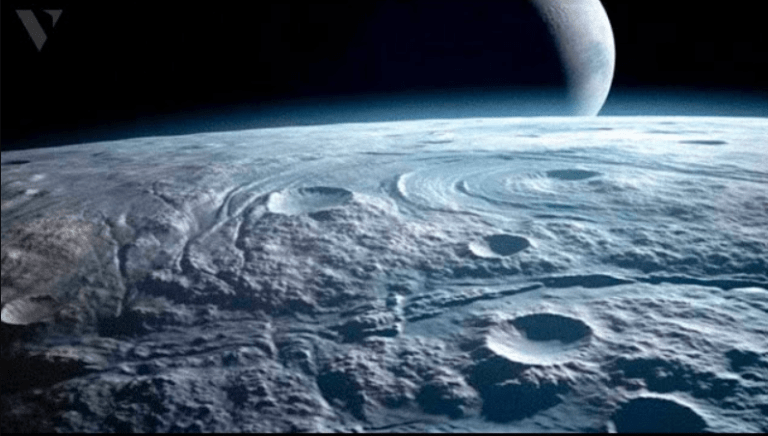The First REAL Images Taken From The Surface Triton
Triton is the largest moon of Neptune, one of the gas giants in our solar system. Here are some key facts about Triton:
- Discovery: Triton was discovered by British astronomer William Lassell on October 10, 1846, just 17 days after the discovery of Neptune itself. It was the first moon of Neptune to be discovered.
- Physical Characteristics: Triton is a relatively large moon, with a diameter of about 2,706 kilometers (1,680 miles), making it the seventh-largest moon in the solar system. It is composed primarily of water ice with some rocky material.
- Orbit: Triton has a unique and unusual orbit. Unlike most of the large moons in the solar system, Triton orbits Neptune in a retrograde direction, which means it moves in the opposite direction of Neptune’s rotation. This suggests that Triton may have been captured by Neptune’s gravity, rather than forming in orbit around the planet.
- Atmosphere: Triton has a thin atmosphere primarily composed of nitrogen with trace amounts of methane. This atmosphere is very tenuous, and it extends into space, but it’s not thick enough to support human life.
- Geologic Activity: Triton is known for its geologic activity, including cryovolcanism. It has geysers that spew out nitrogen gas and dust particles from beneath its icy surface. This suggests that Triton has a subsurface ocean of liquid water and is a dynamic world with ongoing geological processes.
- Surface Features: Triton’s surface is covered in a variety of features, including impact craters, ridges, valleys, and plains. It also has extensive networks of fractures and faults. The geysers and cryovolcanic features create unique landscapes on the moon.
- Temperature: Triton is extremely cold, with surface temperatures plummeting to around -235 degrees Celsius (-391 degrees Fahrenheit). It is one of the coldest objects in the solar system.
Triton is a fascinating moon that continues to be a subject of interest for planetary scientists and astronomers due to its unique characteristics and the potential for further exploration in the future.
Triton is a remarkable celestial body, and understanding how it became a moon of Neptune offers intriguing insights into the dynamics of our cosmic neighborhood.
Triton stands out as the heavyweight among Neptune’s moons, comprising a staggering ninety nine points five percent of the mass within Neptune’s orbit. To put this into perspective, it’s the second-largest moon compared to its parent planet, only behind Earth’s moon.
Although smaller than our moon, Triton orbits Neptune much closer than our moon orbits Earth, making them appear roughly the same size in the sky.
Do not forget to share your opinion with us to provide you with the best posts !




0 Comments